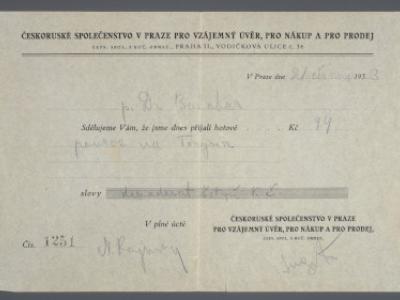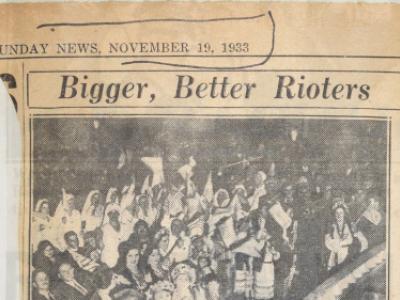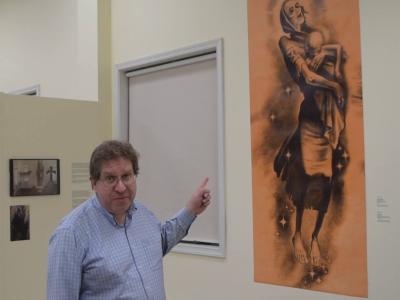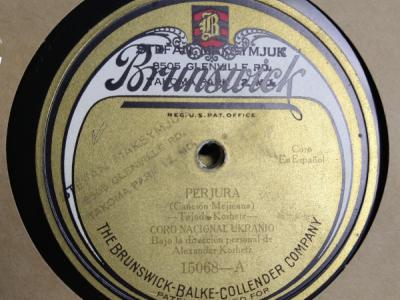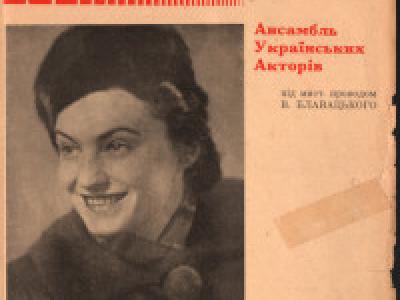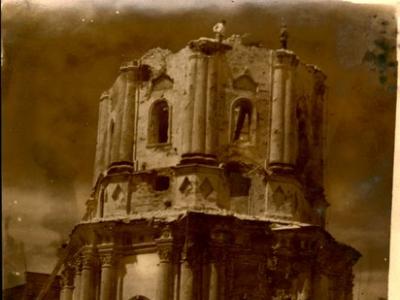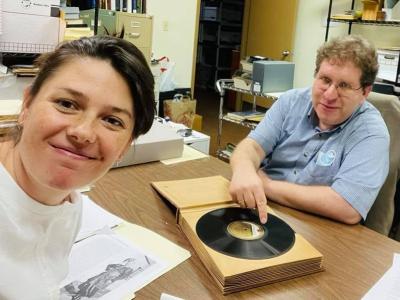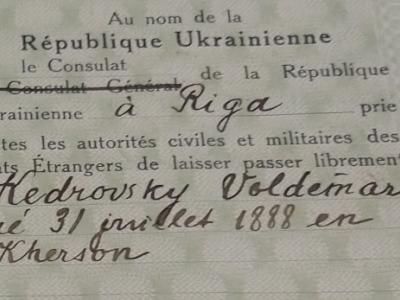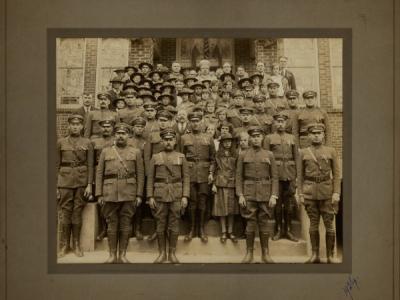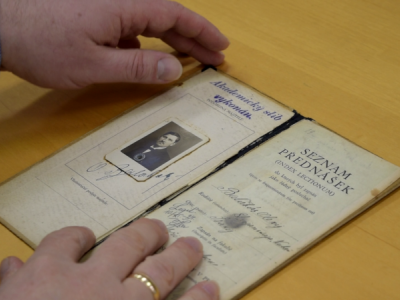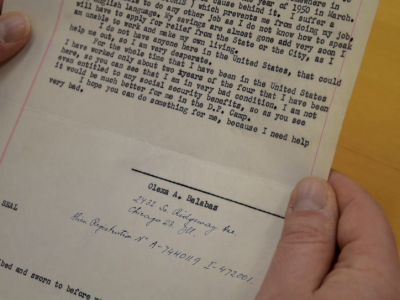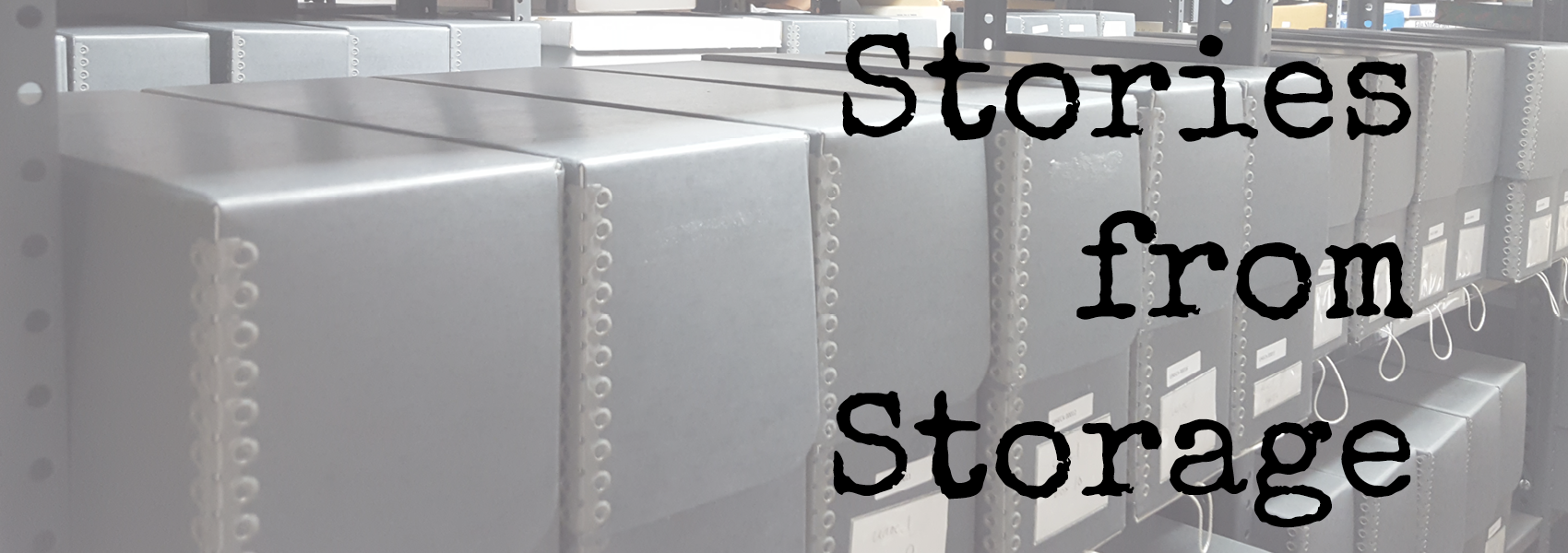
Not even the biggest museums can put all of their collections on display at once. The UHEC's currently very limited gallery space makes this challenge even more extreme. The situation is even worse for archives, which can easily have millions of individual documents in their repository.
In "Stories from Storage", we show how individual museum items or archival documents held by the UHEC can illuminate the history, culture, art, and religious beliefs of Ukrainians in Ukraine and the diaspora. New content is being added on a continuing basis, so please check back.

